Dean | Living with ACM caused by PLN mutation
Warsaw, Indiana | Born 1962
It is very difficult not being able to do the things that I love like surgery, photography, and travel. I am trying to regain some sort of purpose in my life.
Dean bent down and removed the heavy pack from his back, which at this point had become saturated with sweat for days. Carol, his wife, and Nic, Aleks, and Erika, his three kids, all followed suit, exhausted yet exhilarated by what lay ahead. Dean reached into his camera bag and pulled out his trusty companion and a favorite lens, twisting them together with a click. Carrying the extra weight was always worth it. Behind them lay the endless expanses of jungles and valleys that cover the lower extremities of the behemoth of East Tanzania. Rising ahead of them, they garnered their first view of the snowcapped summit, 19,341 feet above sea level, draped in a blanket of clouds. Dean adjusted the aperture on his camera and started shooting—the series of clicks a familiar soundtrack to the family’s travels. He was giddy with anticipation. The peak had shown itself, and Dean knew he would do everything in his power to get there, or at least try his hardest.
For Dean’s family, hiking Mt. Kilimanjaro with a group of local guides was the payoff, what they had all been looking forward to for months. However, despite their preparations, they were suffering from altitude sickness as they reached elevations over 15,000 feet—everyone except for Carol, who seemed to acclimatize effortlessly. But beneath the retching, the strained leg muscles, and sore backs was the enduring flame of adventure, which Dean and Carol had lit years ago and no amount of physical burden could extinguish.
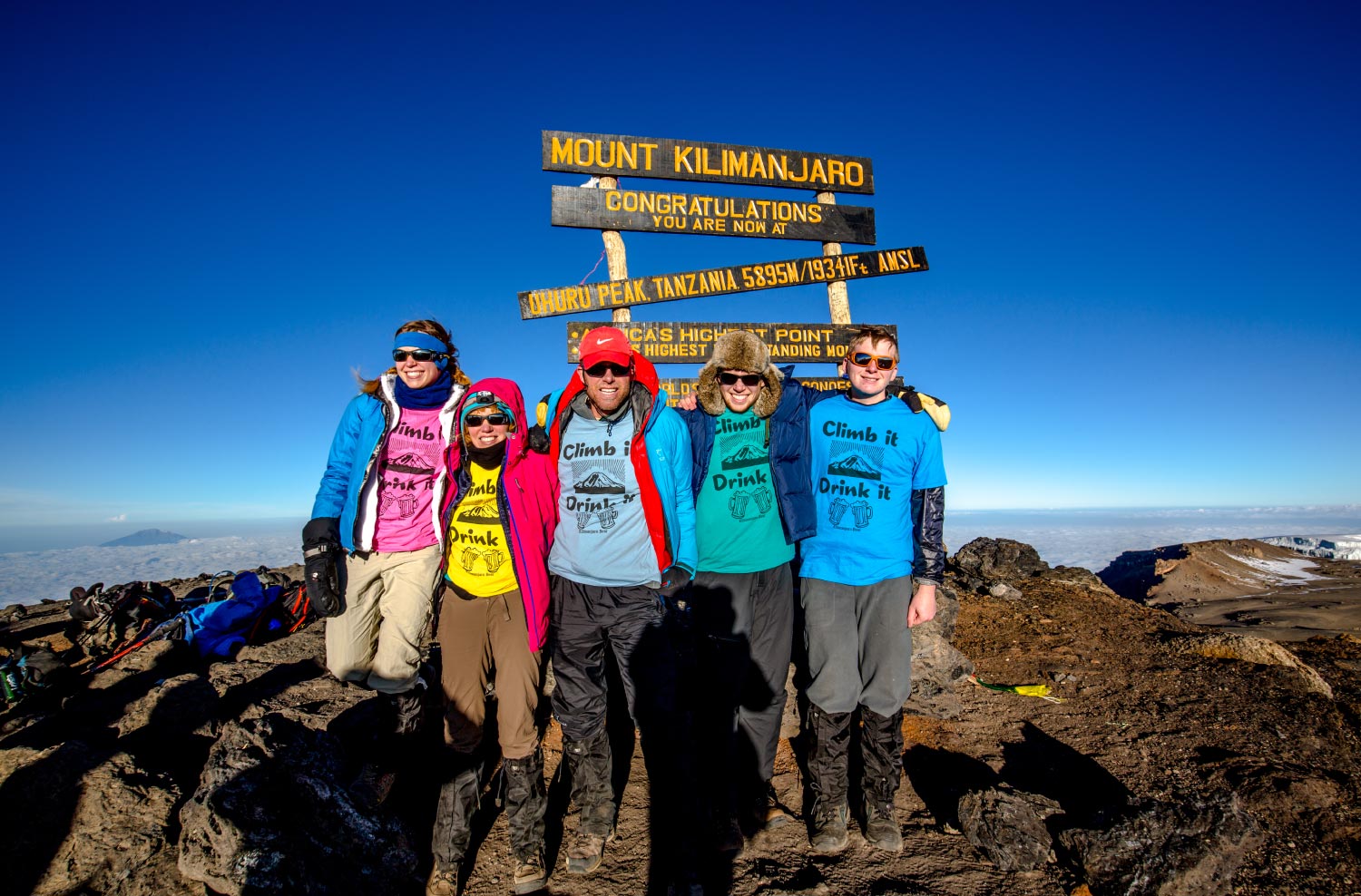 Six years later, Dean and Carol sit in their study on a drizzly afternoon and open a photo album. Images of elusive peaks, wild rivers, and colorful flora and fauna flash before their eyes, rousing fond memories. As they turn each laminated page, they become filled with nostalgia for their 30+ years of traveling as a couple and a family.
Six years later, Dean and Carol sit in their study on a drizzly afternoon and open a photo album. Images of elusive peaks, wild rivers, and colorful flora and fauna flash before their eyes, rousing fond memories. As they turn each laminated page, they become filled with nostalgia for their 30+ years of traveling as a couple and a family.
“We went to all seven continents and forty-something countries,” says Dean grinning, eyes shining through his square glasses. “We always brought our kids with us,” adds Carol. As a family they traversed the world, seeking modest accommodations in exchange for life-changing experiences. “I hope that it is a legacy that I can leave to my children,” says Dean. “Providing them with the opportunity to see the world and other cultures.”
Even at a quick glance, Dean’s photographic work cannot be confused with typical family vacation pictures. His images are intentionally composed, balanced, and meticulously edited—something that comes naturally to the career orthopedic surgeon. “Outside of medicine, photography is my other biggest passion,” he says. His eye for detail, his precision and preparation, and his tranquil demeanor all amalgamate in his life’s work as a photographer, surgeon, and father.
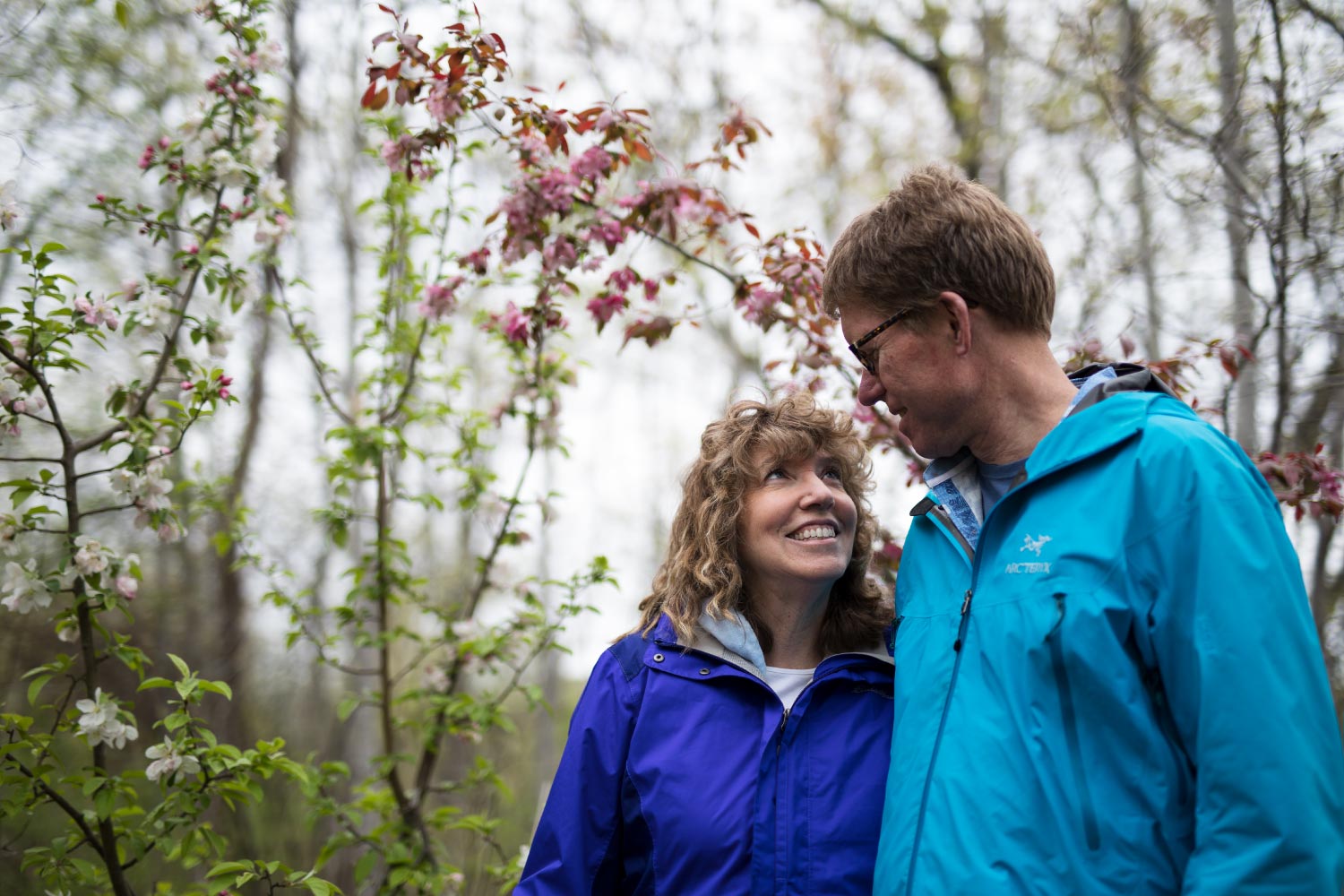
However, for Dean and Carol, these photos are today viewed through a bittersweet lens. Dean lives with Arrhythmogenic cardiomyopathy (ACM), a condition that has made much of what he loved to do now impossible, due to an increased risk of potentially deadly cardiac arrhythmias. “These past years have been discouraging for me. I miss the travel and the adventure,” he says. “It is very difficult not being able to do the things that I love like surgery, photography, and travel. I am trying to regain some sort of purpose in my life.”
Dean’s ACM is due to a genetic mutation that was identified a little over a decade ago. Dean’s maternal family line passed down a deletion of the phospholamban amino acid (PLNR14del), which in absence causes abnormal calcium ion cycling in the muscles of the heart. Colloquially called the PLN mutation, the genotype can be traced to a group of Dutch ancestors from around 700 years ago. While over 1500 known carriers have been identified in the Netherlands, far less have been located internationally. Dean is one of about a 100 currently identified in the US.
The autosomal dominant inheritance pattern of the PLN mutation means that for carrier families the mutation is often widespread. “Genetic testing for PLN is vitally important,” relays Carol. Her niece, only 34, has recently shown severe cardiac issues, but is getting an ICD placed before a potential disaster. “Without the genetic testing, she very easily could have experienced sudden cardiac death.” She encourages anyone with a history of heart disease and Dutch ancestry to get tested even if they aren’t showing symptoms.
In terms of symptoms, Dean’s family runs the gamut. “I have all five known phenotypes in my family,” says Dean, whose mother, siblings, and children all have different conditions from the same mutation. “My maternal grandfather died at age 37 from sudden cardiac arrest, but my mother was in the 20% of people who are unaffected.” Dean’s sister suffers from heart failure and pulmonary hypertension, while one of his brothers lives with atrial fibrillation (AF). It was his brother’s diagnosis in 2007, at the age of 48, that first opened the doors to discovery for the rest of the family.
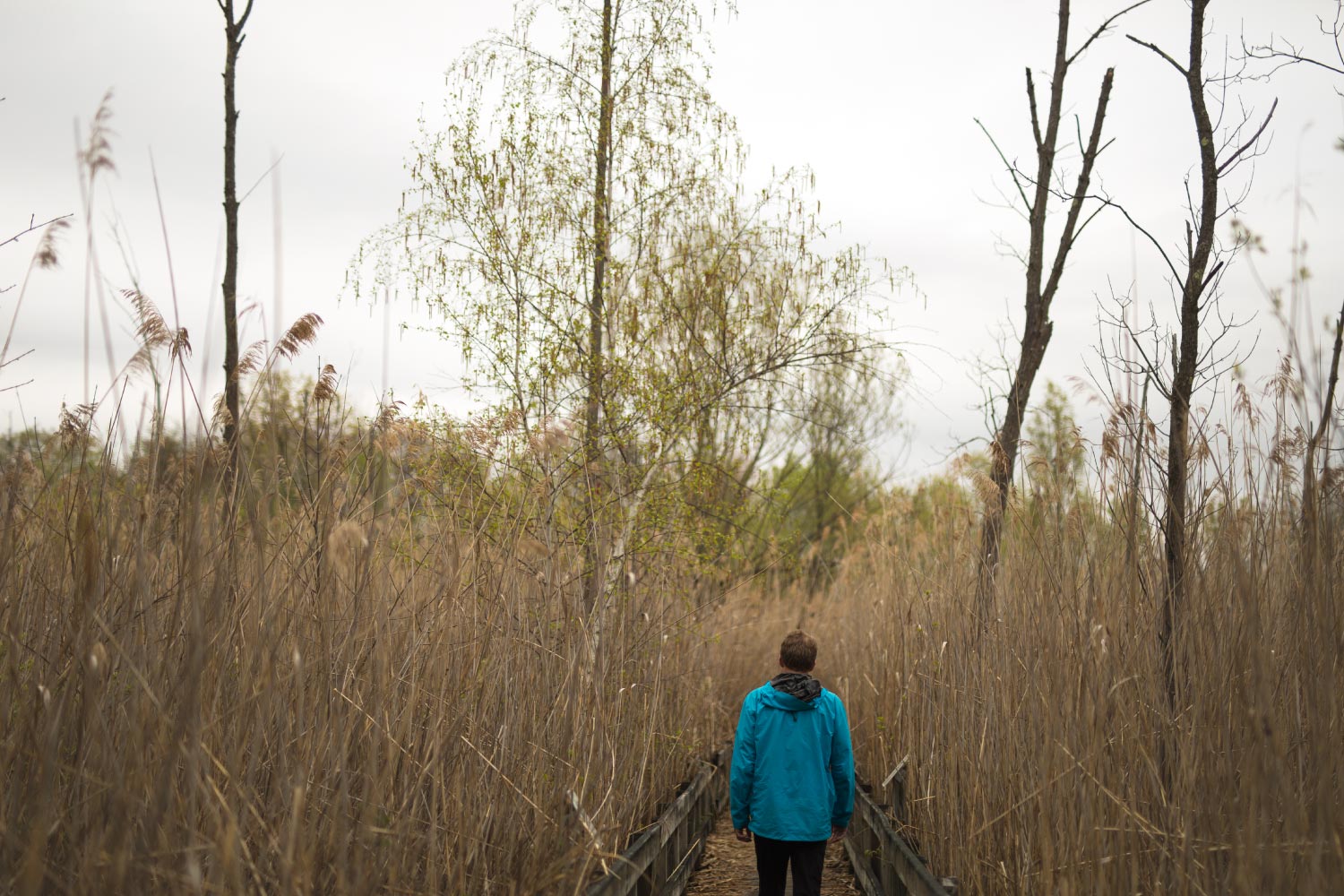
Like many PLN carriers, Dean had no indication of anything wrong with his heart for most of his adult life. Raised in rural Southern Minnesota by his mother, who worked as a nurse, Dean was an avid athlete, outrunning his peers on the football field. “In my high school years, I didn’t have a strong sense of purpose in my life,” he reflects. When he started studying science and eventually medicine, Dean found an intrinsic value in the work and was inspired to chase the lofty goal of becoming a surgeon. He attended University of Minnesota Medical School and then began his surgical residency in Chicago.
It was there that Dean found his next raison d’être. “I met Dean in the cafeteria at the hospital,” says Carol, who studied health care administration at the time. Overly intuitive, Carol knew early on that Dean was the one for her. The two soon fell in love and made plans to start a family together. “With Dean’s accolades—he studied at one of the top orthopedic hospitals —he could have gone anywhere,” says Carol. “He could have chosen to make more money and live a different lifestyle, but he chose to do things his way.” Instead, they decided to move to rural Indiana and he set up an independent practice as a licensed orthopedic surgeon.
Together, he and Carol built a robust practice, serving the community’s needs with a personable, face-to-face disposition. “A lot of surgeons like operating but don’t like seeing patients in the office,” says Dean. “I like to see the results of my work. It’s a very powerful thing to see someone, hear their complaints about what’s rattling under the hood, and then open up the hood and fix the problem in a surgical way.” The rigors of surgery and of running a business were never overbearing, and Dean found time to assist his children with their growing passions. “My father was 100% committed to everything he did,” says Aleks, his son. He and his brother, Nic, showed strong pretensions for chess and computers. “I remember how he spent hours setting up big tables of chess problems for us to figure out,” says Nic. “He also followed us around the country watching us compete in tournaments.” As their kids grew up, Dean and Carol entered their autumn years with no less drive than the previous decades. “We were looking forward to taking our practice afar,” says Carol. “We wanted to work with underserved populations internationally and do more charitable work.”
In 2016, Dean was performing a total hip replacement surgery when he started feeling unwell. He became weak and felt a nauseating, jumbled pounding in his chest. His staff knew there was likely something going on with his heart and got on the phone immediately to relieve him of his duties for the day. Unsure of what was happening to him, he sat down and removed his surgical mask. Another surgeon arrived to finish the hip replacement and Dean found himself lying in the back of an ambulance, heading to the hospital for observation.
After an evaluation, a cardiologist placed a loop recorder in Dean’s chest—a device the size of a large pill—that could track any arrhythmic activity. The move would prove essential. Dean was on the cusp of a life-changing struggle, and despite his years of medical education, little could prepare him for what awaited him.
“I started falling over,” says Dean. “I was seeing people in the office and would just pass out.” As relayed by the loop monitor, the frightening losses of consciousness were due to ventricular tachycardia (VT), a fast and abnormal heart rate that can result in cardiac arrest. In 2017, Dean had a defibrillator placed in order to correct abnormal heart rhythms, pacing him, and sending a shock if necessary, to restart the heart beating correctly.
About five months later, Dean started having frequent episodes of VT. “I had 30-something episodes over a span of a couple days,” he recalls. Known as a “VT storm,” the event took Dean back to the hospital. He was airlifted to the Cleveland Clinic, where doctors struggled to stabilize Dean as his heart suffered near-constant arrhythmias for days.
“I had so many episodes in a row, I felt like I could just give up and die,” says Dean. “It was such an emotionally stressful situation.” Dean knew well that he might not pull through and friends and family visited and called for prayer sessions in the hospital. However, after about 36 hours, the medications started working and Dean’s horrific VT storm came to an end. Dean would return home, but his life would never be the same.
“I had to immediately halt my practice,” he remembers. “I didn’t feel there was much of a choice.” Putting down the scalpel was almost unimaginable a year before, but his doctors and family agreed that it would be best for him to retire. “It was a forced retirement,” he says with a tinge of pain in his voice.
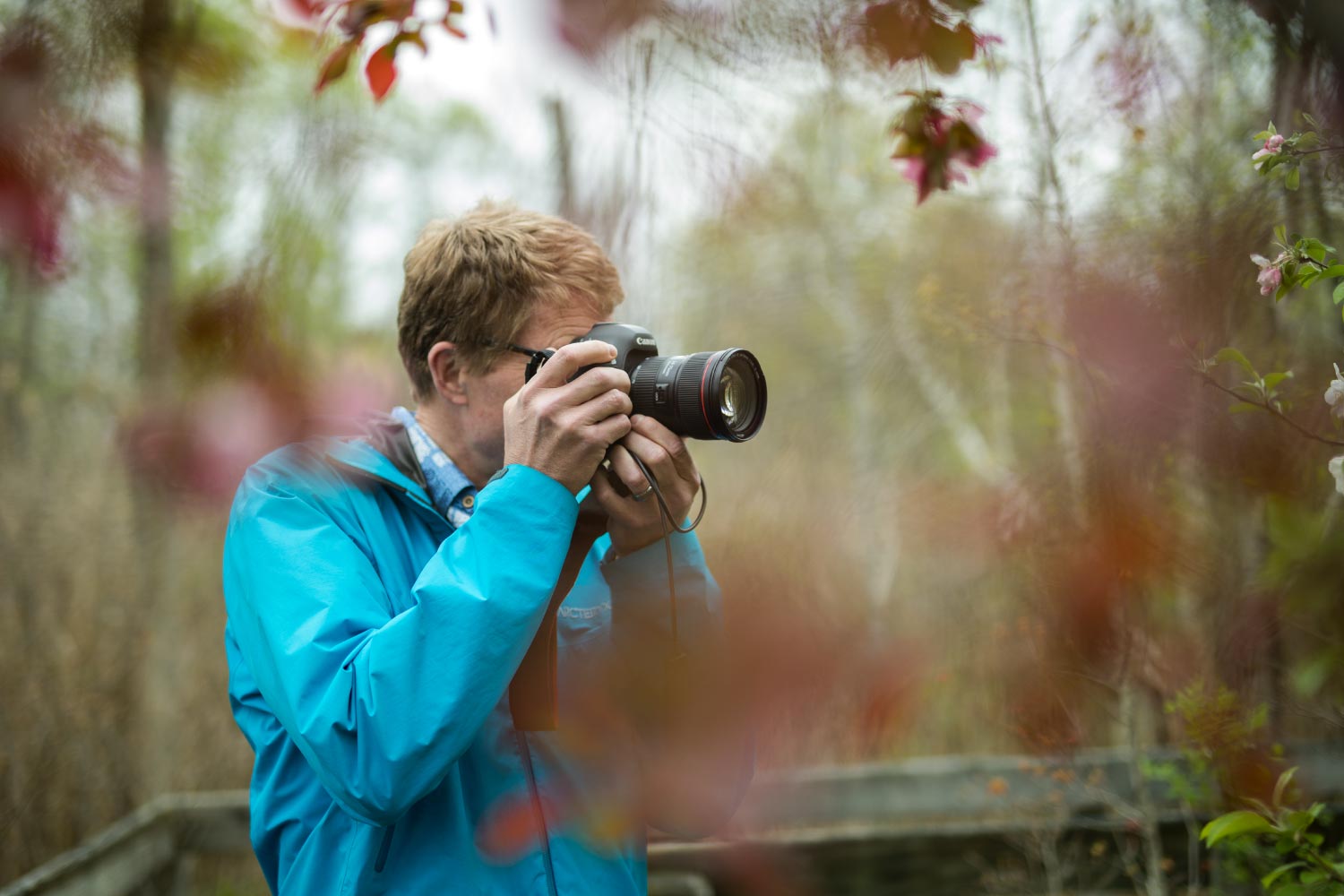
Dean became plagued with frequent arrhythmias. In 2017, he received an endocardial catheter ablation to ease some symptoms, but his palpitations have continued on an increasingly regular basis. “It’s like PTSD,” says Dean. “They feel like the start of a VT event. It’s a tough thing to not just think about your heart all the time.” As Dean’s symptoms have continued, his options for treatment have decreased. Next, doctors will try an epicardial ablation (which burns tissue on the exterior of the heart), and if that fails, then he will be looking for a transplant. “I’m a Category 6 on the transplant list now, but I’ll move up quickly if I need it,” he explains. “It’s not a question of if he’ll need it, it’s a question of when,” adds Carol, holding his hand in her’s. “It’s a progressive disease.”
With all the transitions of the last few years, Carol remains his steady partner, providing caretaking support when needed as well as doing all the necessary driving, allowing them to continue to travel, now mostly by car. “We drove out to see the super-bloom in California in 2019,” she says enthusiastically. “We had a week to do it before rushing back to our daughter’s wedding!”
Erika got married sooner than expected, after she was worried about her father being present to walk her down the aisle. This is just one example of how PLN has dramatically changed the decisions that Dean’s family makes. All three children have tested positive for the PLN mutation, although none of them have shown any symptoms. Aleks and his wife were training to run a marathon together, but when he received his genetic test results, he, and his doctors, thought better of it. “My wife and I have altered our plans for our future family, and will likely use IVF and adopt,” he adds. “Of course, I don’t blame my parents for giving me this gene, as it has only relatively recently been known and studied. However, I want to do what I can to minimize the chances that this gene impacts my children’s lives.” Nic lives at home to help with any emergency situations.
Ironically, because Dean’s diagnosis came later in life, it afforded him the ability to live robustly and take risks that he would never consider now—risks that his own children are actively avoiding. “The good news is that I’ve already seen all seven continents. I’ve done the vast majority of things I set out to do as a young person.” His photos are proof, not only of the places he’s been, but of the feats he was once able to physically accomplish—something he no longer takes for granted.
To combat the potential negative outcomes, Dean has turned his focus back to medicine, this time in an effort to better understand and treat his own illness and help those in similar situations. “I’ve regained somewhat of a sense of purpose by starting to work with the PLN Foundation,” says Dean. The Foundation, based in the Netherlands, has started advocacy work in the US, with much help from Dean and Carol. “It’s a problem here because it’s not well known in the US and lots of cardiologists don’t pay attention to it because it’s so rare,” he continues. “We want to make people aware and raise funds. We need more momentum.” He and the Foundation hope to complete more data-gathering in efforts to build a patient registry in the US.
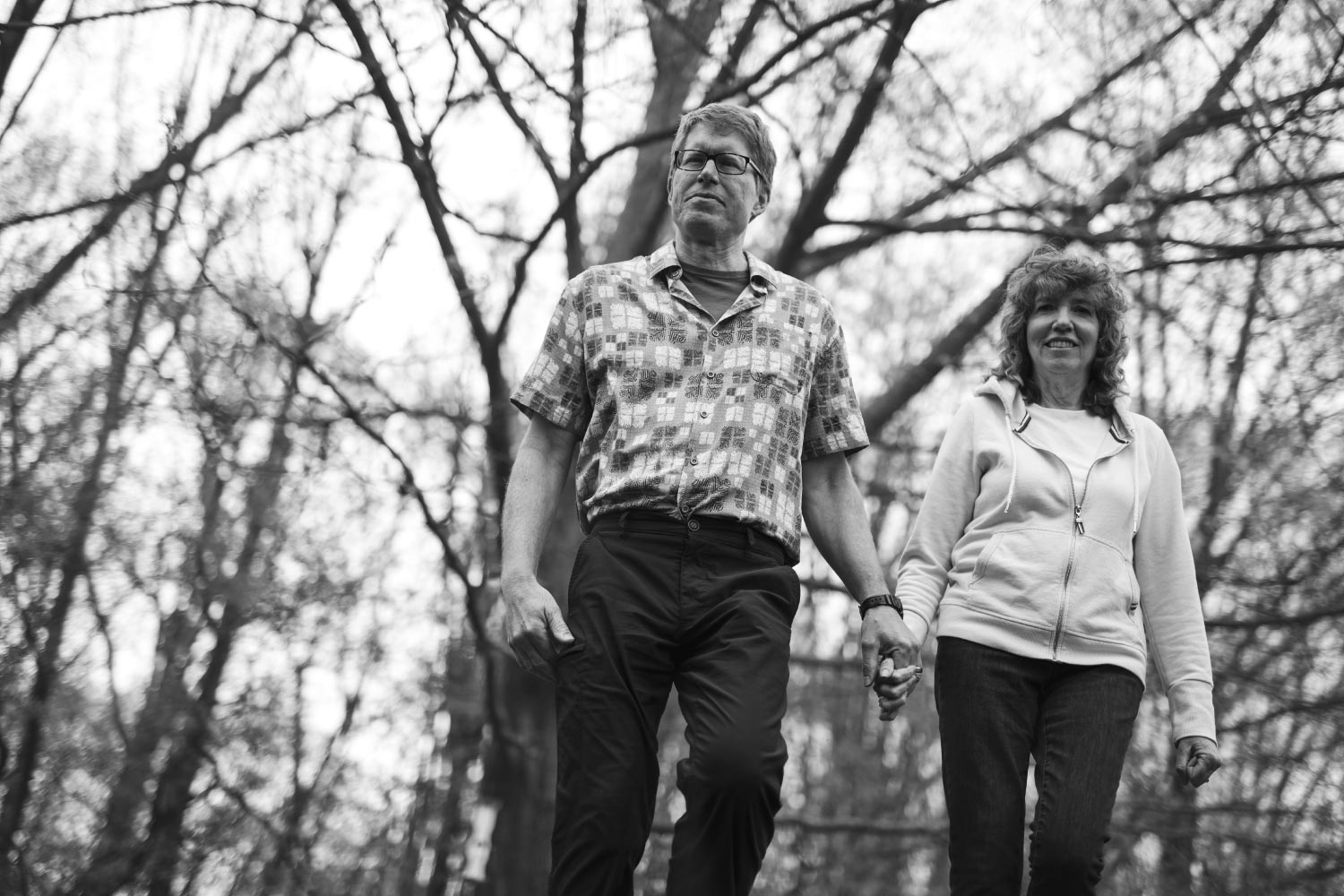
Dean hopes that his work will transform the lives of future generations living with the disease. For now, he focuses on educating and spreading awareness—a task as personal as it is scientific. Dean knows all too well, from his own family’s experience, that finding better diagnostics and treatment is needed to improve people’s situations. “My sister’s heart is failing,” he says. “She’s had multiple cancers, so unlike me, a transplant isn’t an option for her.” While Dean worries for his own family’s health, he understands that everyone who struggles with the disease is in fact intimately connected. “Everyone in the world with PLN—we’re all related,” he says. “We’re all one family.”
